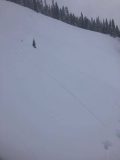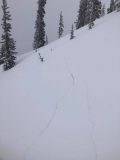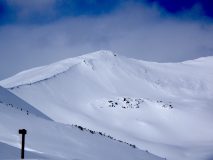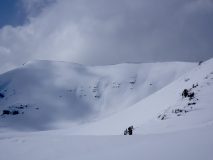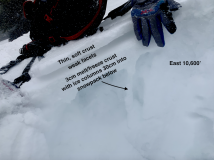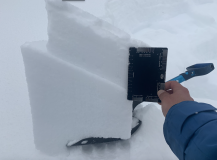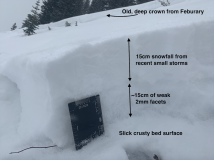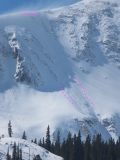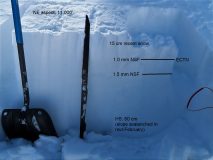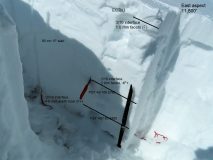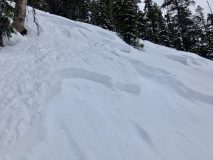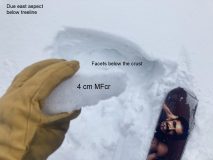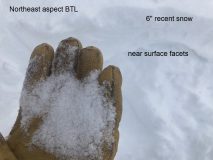Free Lesson on Carbon
Date of Observation: 03/17/2021
Zone: Southeast Mountains
Location: Carbon Peak North Bowl
Aspect: North
Elevation: 11,200
Avalanches: While making initial turns into the N Bowl on Carbon Peak, I triggered large shooting cracks that propagated 15+ meters on either side of me. After the slope fractured, the slab did not slide on a mid 30-degree slope. I was able to climb out of the start zone and we descended through low angled terrain.
Weather:
Snowpack: Throughout the day we had skied NE and SW facing terrain on Axtell without notable signs of instability. On a N aspect of Carbon Peak @ 11,200 feet, we did not find an obvious crust layer at the 3/10 interface. Snowpack tests resulted in an ECTN 26, and a CTH 25 RP, both failing in the upper snowpack. Based on the characteristics of the fracture (it appeared very deep) and the lack of instability in the upper snowpack, it seems like I may have found a trigger for one of the deeper layers in our snowpack. In retrospect, our slope of choice was perhaps a predictable location for impacting deeper weak layers.
Photos:



